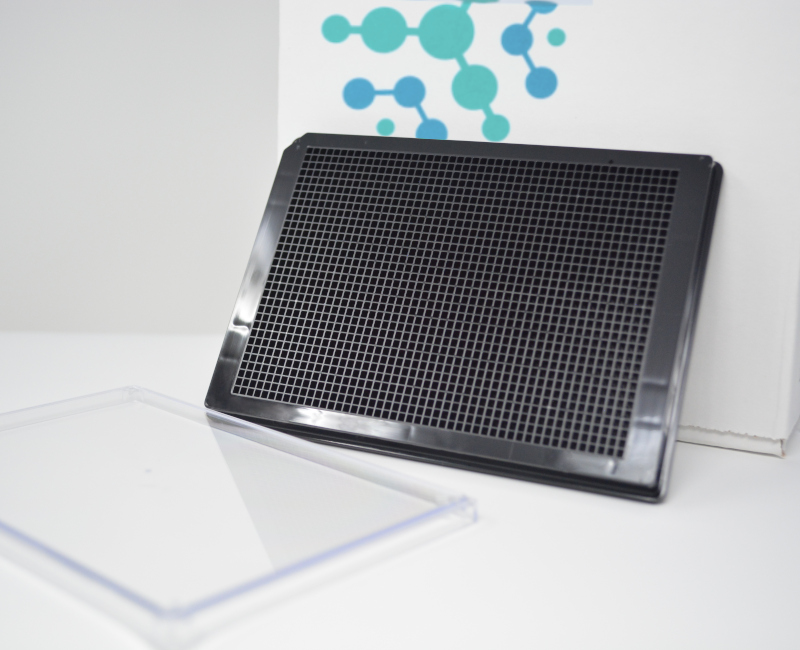
SPHEROID BASED APPROACHES FOR DRUG SCREENING
Over the past several years, various types of 3D cultures systems have acquired attention and increased recognition as an important tool for research. This trend has also been illustrated, In Alison Abbotts 2003 nature report titled: ´CELL CULTURE – BIOLOGY´S NEW DIMENSION´ which emphasizes the necessity for effective in-vitro systems before turning to whole-animal studies for basic research as well as for therapeutic development. (1)
3D SPHEROIDS: GENERAL STANDARDIZATION

Although it is difficult to design a general standardization of spheroid cultures and experimental analysis for all settings, the need to generate spheroids with uniform fractions and distribution of various cell types remains an essential pre-requisite for drug screening. (2)
Even though the demand is challenging various protocols have been established that focus on culture conditions, treatment, and analysis of multicellular spheroids cultures. Few relevant considerations to design large-scale spheroid-based drug screens are Tumor cell type of interest, spheroid size and culture time, and culture technology and treatment modalities. (3)
TROUBLE SHOOTING FOR SPHERIOID CULTURES: MATERIALS
Spheroids are formed using various protocols one of them is hanging-drop method. Harvested cells are suspended in growth media. Drops of prepared cell solutions are then seeded on tissue culture plates, which are further, incubated to allow the growth of spheroids. Thus, they are an efficient way to get uniform cell aggregates, which can be modified and therefore makes a good method for drug screens.

Among the limitations faced is spheroid cell detachment, which may be due to disturbance of spheroids and cells, biological viability of tumor cells in spheroid cultures and lastly due to drug treatment which may affect viability and attachment of cells to each other to from spheroids. (1)
The cells are seeded on coated 96 well plates, such as BIOFLOATTM 96 WELL PLATES which provides a highly defined surface area for the cells to form aggregates with a cell-repelling surface, created by its specialized polymeric coating, repellant property.
The culture plates can also be coated with BIOFLOATTM FLEX COATING SOLUTION which saves the time for surface preparation for the cells, moreover, allows the use of other plastic or glass cell culture ware. With advances in coating technologies and specialized plates, 3D spheroids continue to evolve and are regarded as one of the potential tools to carry out drug screens as well as for basic research.
References
1. Spheroid-based drug screen: considerations and practical approach , Juergen Friedrich1,2, Claudia Seidel1, Reinhard Ebner3 & Leoni A Kunz-Schughart1 , 1OncoRay-Center for Radiation Research in Oncology, Tumor Pathophysiology, Faculty of Medicine Carl Gustav Carus, Dresden University of Technology, 01307 Dresden, Germany. 2Institute of Pathology, University of Regensburg, Franz-Josef-Strauss-Allee 11, 93053 Regensburg, Germany. 3Avalon Pharmaceuticals Inc., 20358 Seneca Meadows Parkway, Germantown, Maryland 20876, USA. February 2009
2. Kunz-Schughart, L.A., Freyer, J.P., Hofstaedter, F. & Ebner, R. The use of 3-D cultures for high-throughput screening: the multicellular spheroid model J. Biomol. Screen 9, 273-285 (2004).
3. Kunz-Schughart, L.A. & Mueller-Klieser, W. Three-dimensional culture. In Animal Cell Culture Vol. 3 (Ed. Masters, J.R.W.) 123–148 (Oxford University Press, Oxford, 2000).


